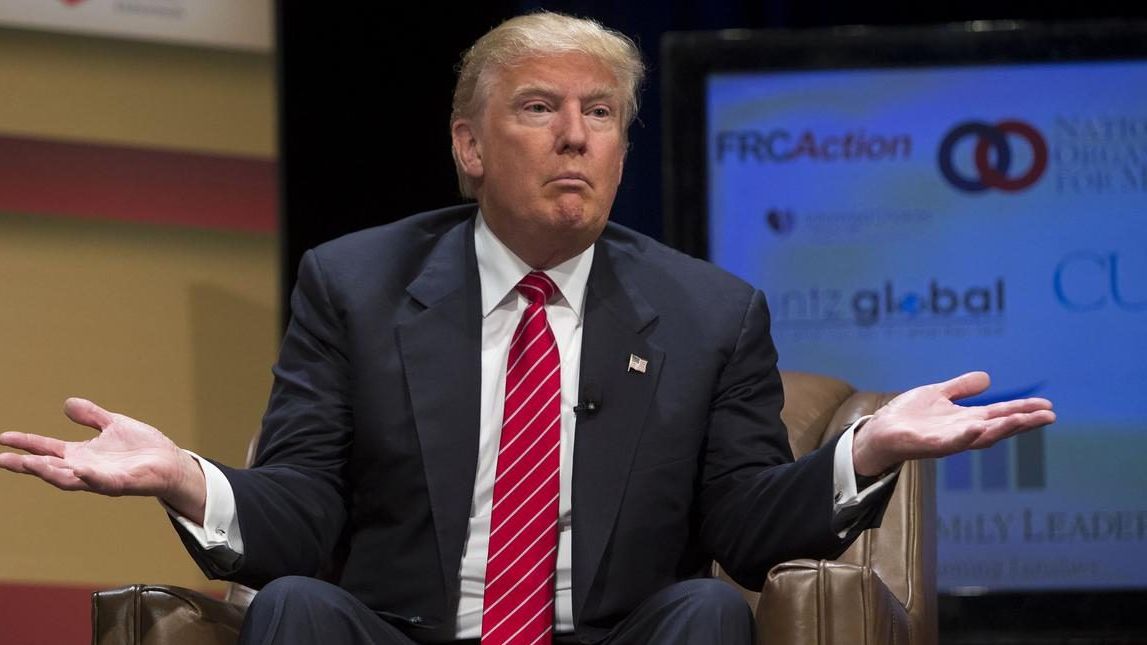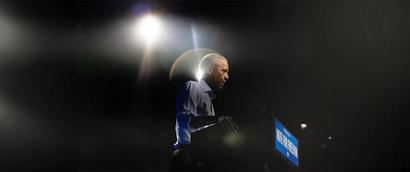

How does the US Presidential election actually work?
The 'Electoral College' will decide who becomes the next Commander-in-Chief. But what is it?
Words: Gentleman's Journal
Today, history will be made. Either the United States will elect their first female President in a glass-ceiling shattering display of forward thinking, or they will elect Donald Trump. Whatever happens, we can look back on this process as the most exciting, diverse and unpredictable political contest of modern times.
But how exactly does this process work? With a pair of candidates who are far from squeaky clean jostling for the keys to the White House, how did America end up in such a murky situation?
The election process began way back in April 2015, when Former Secretary of State Hillary Clinton formally launched her candidacy for the presidency. After the Primary Elections – where the public decides who should be their candidate – and the caucuses – where high-level members of each party decide on the most ‘viable’ candidate – the decisions to appoint Trump and Clinton were made.
Trump, the Republican nominee, became the only active candidate for his party in May of this year when Ted Cruz and John Kasich suspended their bids. Clinton was named as the Democrat’s presidential hopeful a little later, in July – beating out Bernie Sanders to the role.
But the election itself – taking place today – is termed the ‘Electoral College’. This process involves Americans voting for people called ‘electors’ in their respective states, individuals who are supporting the nominee they want to be President.
The more people live in a particular state, the more electors there are. Texas may have 38, but Utah only has 6. California has 55, but South Dakota has only 3. Florida has 29 and West Virginia has 5. And so on.
There is a total of 538 electors and, currently, Clinton has 168 safe and Trump 155. The remaining 215 electors could go either way. The candidates need to get 270 electoral votes to win, and the first to that number will be elected President as the results are correlated and released throughout the night.
However, as there are more than the two candidates on the ballot paper (there are 8 candidates on more than 15 percent of election ballots), it is possible that neither Clinton or Trump will receive a majority, in which case the House of Representatives will vote on a one-state-one-vote basis.
Expect a long night – unless Florida swings Clinton’s way early on, in which case Trump’s battle could be over before it begins. If not, the result should be clear between 4am and 5am Wednesday morning.


